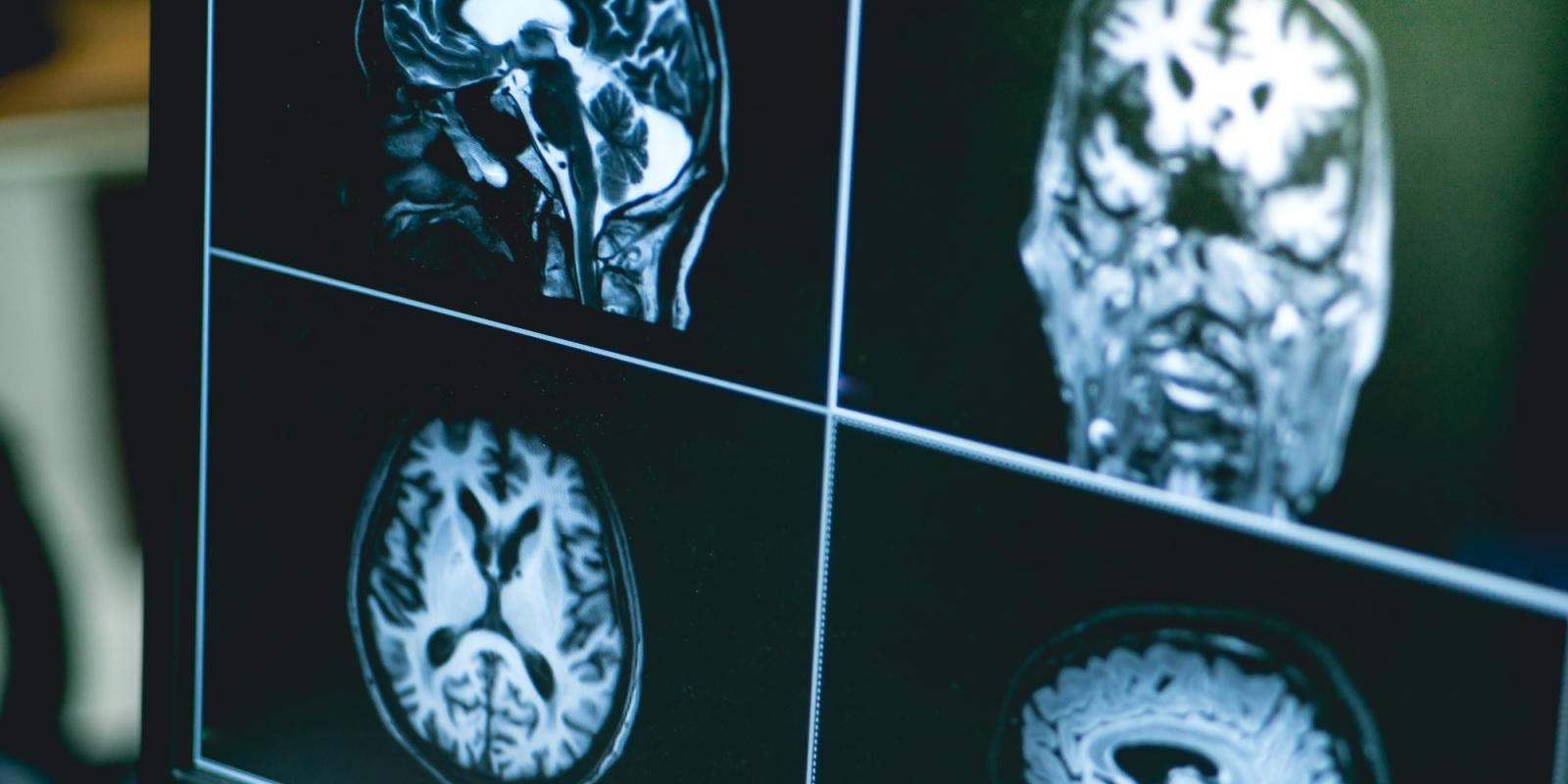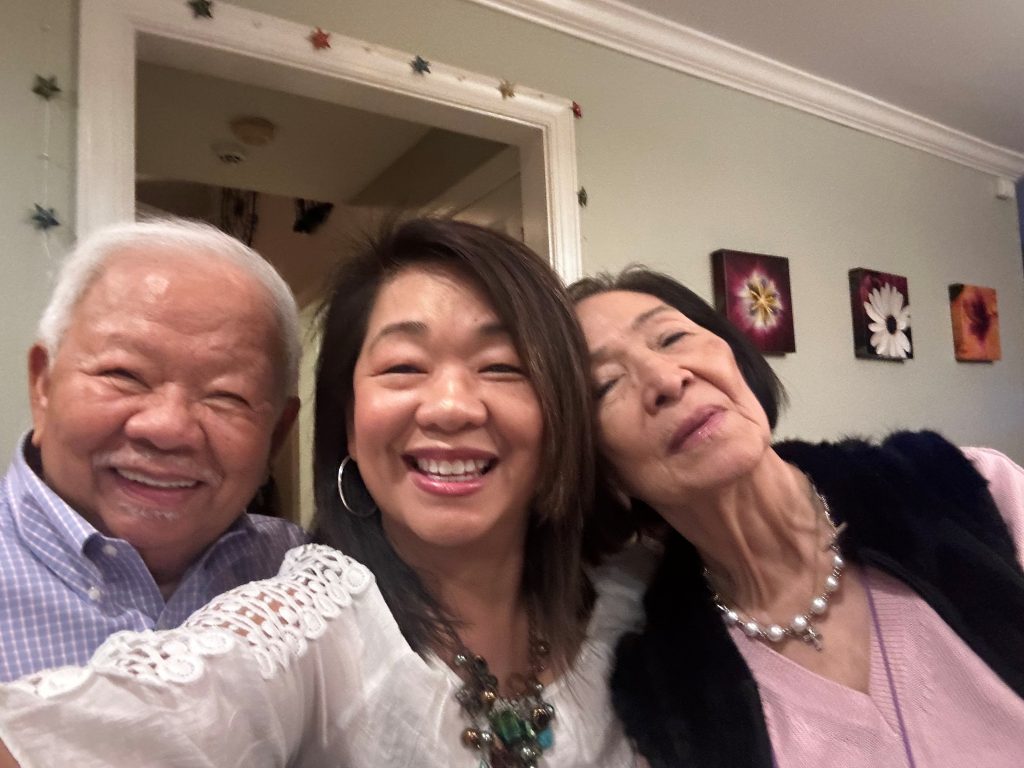Early in the COVID-19 pandemic, it became clear that older adults were at high risk for becoming infected and for having worse outcomes, including higher rates of hospitalization and death from the virus. Multiple publications also reported that many patients had a wide range of unresolved symptoms that persisted for weeks to months after severe acute respiratory syndrome coronavirus 2 (SARS-CoV-2) infection.
Many experts were not surprised by these findings because post viral illnesses are well-recognized entities (see also Chrouso & Kaltsas). While different labels have been used to characterize this collection of symptoms, recently, the Center for Disease Control and Prevention introduced the term “Post COVID Conditions” (PCC) in addition to Long COVID (LC).
Current data estimates that LC could affect approximately 15 million people in the United States. While the risk factors for developing LC are not well characterized, current evidence suggests that older adults are less likely to develop LC, with the most largely affected group being women in their 40s. Of note, in the group of patients older than age 50, those in the 50- to 59-year-old bracket have a higher number of cases. The pathophysiology of LC is unknown, but several mechanisms have been proposed including viral persistence, autoimmunity and Epstein Barr Virus reactivation (see also Su et al., 2022).
Long COVID Neurological and Psychiatric Symptoms
Cognitive impairment affecting attention and processing speed (brain fog), major depression, anxiety, post-traumatic stress disorder and insomnia have been reported in LC patients (see also Taquet et al., 2021, and Tabacof et al., 2022). While a recent study has shown that mood and anxiety disorders may be transient, the risk for other neurological complications of LC, such as psychotic disorders, cognitive deficit, dementia and seizures remain elevated for a longer period. This would place LC in the list of differential diagnosis for older adults presenting with symptoms of early onset dementia. Studies of biomarkers suggest that inflammation may play a role in the development of these LC conditions.
With people older than age 50, those in the 50- to 59-year-old bracket have a higher number of cases of Long COVID.
The pandemic has highlighted the critical shortage of mental health help for LC patients. While telemedicine is emerging as an option to improve access to mental health services, older patients continue to face challenges with some aspects of virtual encounters. Lack of appropriate access to mental health and neurology care have deepened the health inequities described early in the COVID-19 pandemic.
Tiredness, Loss of Fitness and Fatigue Symptoms
Different degrees of tiredness, fatigue and loss of fitness have been reported in PCC/LC patients, independent of the severity of acute infection. These symptoms result in worsening mobility and physical functioning, thus, contributing to disability and decreased quality of life.
Cardiac Symptoms
A large retrospective study of more than 154,000 U.S. veterans (average age 60) who had contracted COVID-19 from March 2020 to January 2021 found an increased risk of cardiovascular disease at 12 months post infection, regardless of the patients’ preexisting cardiac risk factors. Other studies have shown that approximately 20% of patients admitted to the hospital due to COVID-19 develop heart complications. Moreover, imaging studies using cardiac magnetic resonance imaging post COVID-19 showed that the number of patients with cardiac abnormalities may be even larger.
LC patients can experience a wide range of cardiac symptoms including chest pain, shortness of breath, palpitations and decreased exercise tolerance. Development of pericarditis, myocarditis, myocardial infarction, pulmonary embolism and arrhythmias have all been well described as short- and longer-term complications of COVID-19, especially in older adults.
A large study of veterans found an increased risk of cardiovascular disease at 12 months post infection.
The pathophysiology of cardiac involvement remains unknown. Few studies have shown direct viral infiltration and associated inflammation in endomyocardial biopsies. Other research reported microthrombi causing blood vessel and cardiac injury in affected patients. The COVID spike protein’s ability to bind to the ACE-2 enzyme, which acts as a viral receptor and is expressed in heart tissues, may also provide a mechanism underlying some LC cardiac complications. Vaccination appears to lower the risk of cardiovascular disease post-COVID-19 by 15%, although additional studies are needed.
Pulmonary Conditions Post-COVID-19
Serious lung disease is a relatively rare complication primarily observed following severe cases of COVID-19. A recent study found that most patients with persistent lung damage (such as pulmonary fibrosis) had been admitted to the intensive care unit and were intubated during acute COVID-19. Unfortunately, many of these patients went on to require long-term oxygen therapy. However, up to 14% of patients with history of mild COVID-19 experience persistent dyspnea, which may be associated with cough and other respiratory symptoms. In many of these patients, there is no clear sign of underlying lung damage, even after comprehensive testing. Most patients will have improvement over time in their respiratory symptoms. However, it is important to rule out other causes of respiratory symptoms (e.g., cardiovascular disease, deconditioning), particularly in older adults with multiple comorbidities. Recent data suggest breathing exercises and physical therapy may help patients with respiratory LC.
Conclusions
In summary, older adults are less likely to develop LC. Nevertheless, vulnerable older adults with comorbidities, who are already facing health challenges, would likely face additional health and economic ramifications from LC. Thus, there is a critical need for additional information regarding the mechanisms of LC in older adults and the most effective strategies to manage this growing group of patients.
Fernando Carnavali, MD, is an associate professor, Laura Bock, MD, and Gabrielle Goldberg, MD, are assistant professors, all in the Department of Medicine, Division of General Internal Medicine Mount Sinai Morningside/Mount Sinai West, at the Icahn School of Medicine at Mount Sinai.













